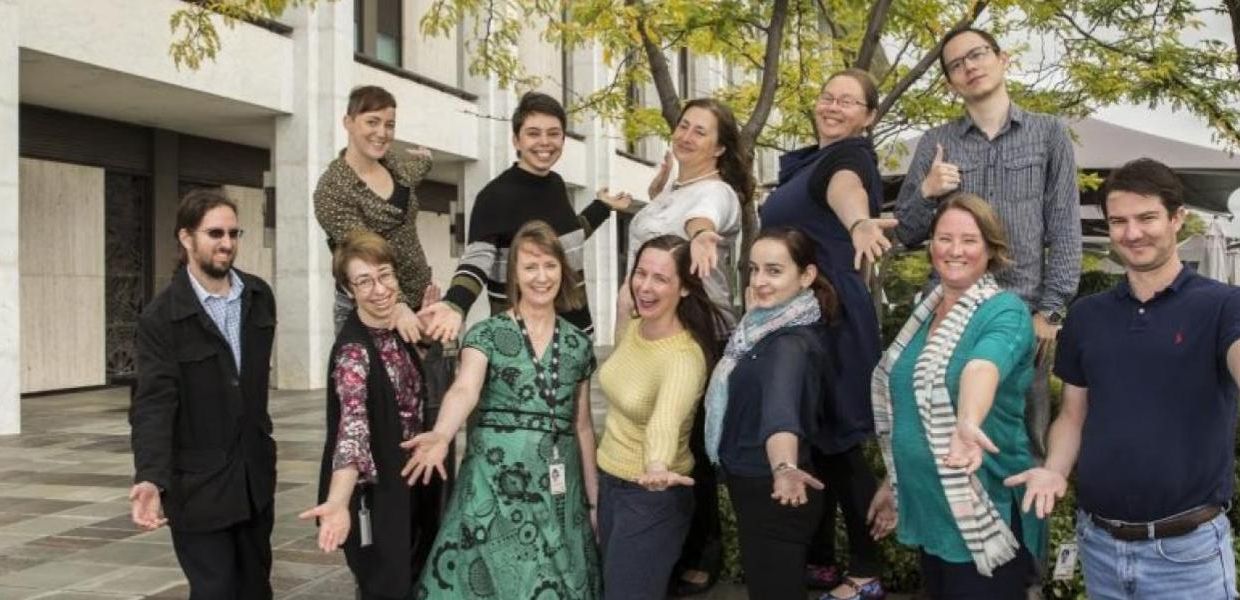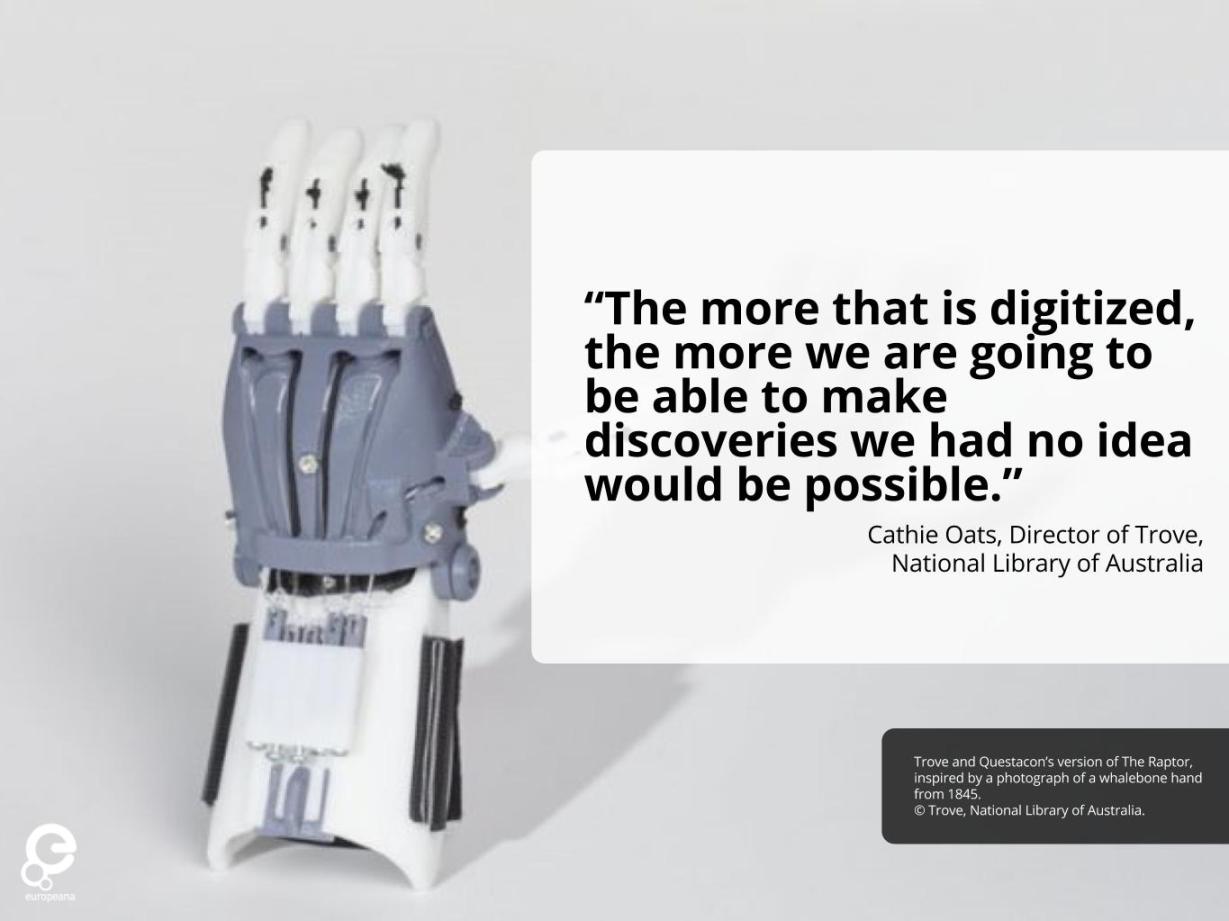Open culture in Australia - an interview with Trove’s Cathie Oats
As part of our 'open culture' blog mini-series, we talk to Cathie Oats, Director of Trove, the digital arm of the National Library of Australia.

- Title:
- The Trove Team
- Creator:
- National Library of Australia
- Date:
- 2017
- Institution:
- National Library of Australia
- Country:
- Australia
This is a shortened version of an interview that we presented on the Year of Open website in September.
Why is open culture important to you?
You can go anywhere by sitting at your desk. Museums, galleries, archives, libraries and research institutions have provided a new level of access. Not only do I get to think about the most beautiful objects in the world all the time, I get to think about how people would like to find out about them, engage with them and actually use them themselves.
Who benefits from open culture and how?
Everyone. It’s not only about people who benefit right now but who is going to benefit in 20, 30 or even 40 years’ time. The week of this interview, it’s Naidoc (National Aborigines and Islanders Day Observance Committee) week in Australia. It’s an opportunity to preserve the recordings of some languages and words that would otherwise be lost. You’ve got the combination of rare items, and an audience who might not usually be able to get to them – all those barriers are taken down when we take an open culture approach.
Tell us about a successful project using open culture resources?
There was a photo of a hand carved from whalebone and held together with catgut pulleys, it was made in 1845. Someone in the US found it in Trove and used it in his design for a 3D-printed prosthetic hand that people are now actually making because the designs are open source. We would never have imagined that would happen when the South Australian Museum of Health put that image into Trove. But it has.

Why is it important for these resources to be available freely?
It’s about making connections between people who previously could not be connected. If the item’s behind a table, there’s a barrier between you and it and those connections are much much harder. It’s important for these resources to be freely available so people can make new connections and new discoveries.
What is the future of open culture?
The future is very much I think where the curation activities, traditionally in the hands of institutions, are starting to move more closely to the audience. People are creating and engaging with content in a way that we haven’t imagined. The more that is digitized, the more we are going to be able to make discoveries we had no idea would be possible.
What cultural resources do you like to access online, personally?
I’m a massive fan of anything that’s digitized books or manuscripts. When they’re online and they’ve been digitized, I can see more in them than when they’re behind glass. That’s a true delight.
One of my favourite pieces is the Living Archive of Aboriginal Languages. You can explore languages through a map, find language groups and see books and hear reporting in indigenous languages. It’s quite extraordinary.
Find Trove on Twitter, Facebook and at trove.nla.gov.au
What does open culture mean to you? Tweet us @europeanaeu with #openculture

